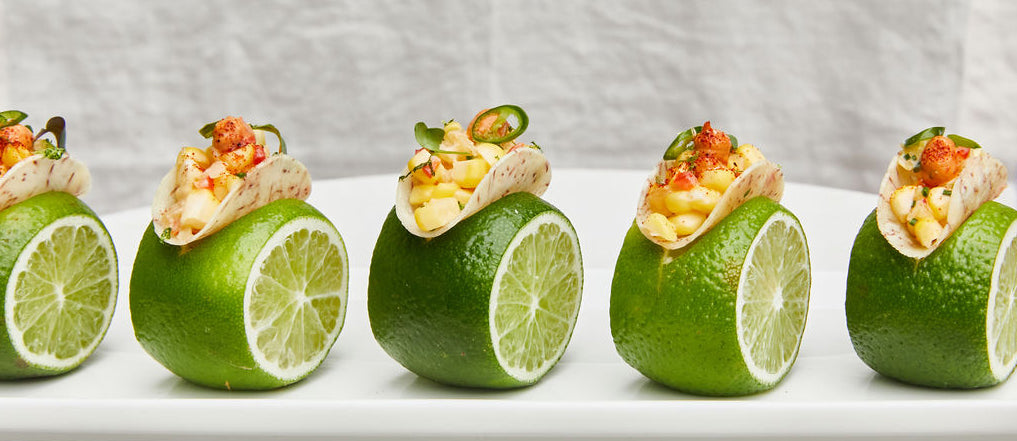
6 Big Reasons Why We Love Small Things
6 Big Reasons Why We Love Small Things
From miniature animals to Tiny Tacos, humans harbor an undeniable affection for everything small. But why are tiny objects so darn attractive to us? Let’s break it down into categories, explore some psychology, scientific data, and fun behind this adoration, and uncover why it's a universal phenomenon.
1. The Science of Adorable (Baby Schema Effect)
Evolutionary biology explains a primary reason for our love of small things. Researchers have found that our brains are built in a way that responds positively to baby-like features. This phenomenon's known as the "baby schema effect."
Features: Looking "like a baby" means large eyes, round faces, small noses, and a disproportionally big head. Seeing these attributes switches on our brain's nurturing instinct. Tiny animals and objects mimic these features, activating that same response.
Dopamine: University of Vienna researchers found that looking at cute, small things releases dopamine—a feel-good chemical that our brain links with love and happiness.
Adaptation: This response evolved in order to help quell selfishness in parents. Cuteness makes us care more about offspring because it kicks in our instinct to protect and nurture.
2. Tiny Things Hand us the Wheel
Miniature versions give us a sense of control and mastery over our world. Smallness makes things less intimidating and more manageable.
Mini Replicas: Model trains, LEGO sets, and dollhouses are examples of tiny replicas. They grant us entire worlds we create and control in a compact, tangible form.
Psychology: Research published in Psychological Science suggests that small organized things attract people. That's because making progress on managing things, even on a tiny scale, can help reduce feelings of stress and chaos in their lives.
Fun Fact: Miniature gardens and terrariums increased in popularity during the pandemic. This reflected our human need to create and control small, peaceful environments.
3. Novelty and Surprise
It's a tiny thrill to see something familiar in an unexpectedly small size. This delight breaks our expectations and tickles our sense of wonder.
Tiny Food Craze: Streaming videos across the globe concoct impossibly tiny meals with tiny utensils for a vast audience of ardent viewers. We rewatch squirrels eating tiny cakes in mini dining rooms on social media loops. Why? They're surprising, skillful, and novel.
Mini Animals: Dwarf goats, teacup pigs, and toy dogs like Pomeranians are popular thanks to the same principle: they’re smallness feels both extraordinary and surprising.
Science of Surprise: Studies show that novelty activates the brain’s reward system, making us feel pleasure when encountering unexpected twists.

4. The Convenience of Small Things
Common sense generally proves that smaller versions of things are easier to use, carry, and store.
Technology Shrinks: Compact and cute, humans love ever smaller technology that doesn't sacrifice function. The smaller it is, the more personal and portable it feels.
Travel Size: Mini products and travel-size snacks can save the day for those of us on the go. They’re adorable and practical.
Environmental Bonus: Downsizing our lives, such as moving into tiny homes, may also reduce one’s carbon footprint.
5. Feel Bigger Amongst Tiny Things
Humans may experience profound joy in feeling larger-than-life. That's why handling small things can make us feel powerful and significant. Meanwhile, the playfulness inherent to "baby schema" keeps it fun rather than a weighty, responsible sort of power.
Perspective: Think about the joy of holding a baby turtle or a tiny coffee cup—it’s a playful reminder of our size in relation to the world.
Wonder: Small things can evoke a sense of magic, like stepping into a sprite world of little treasures. Miniature villages and fairy gardens tap into this feeling.
Esteem: Researchers have found a correlation between the joy of feeling big and a boost in self-esteem.
6. Entertainment
Sometimes, it's time for frivolity rather than deeper meaning—small things are whimsical, entertaining, and delightful.
Collecting: Miniatures are often easier to collect and display, whether it’s tiny action figures, stamps, or charms.
Playing: Interacting with small objects brings a sense of lightheartedness and whimsy. They're playful and engaging.
Connecting: Small things also photograph well. This makes them perfect for connecting on Instagram or TikTok. A cute, tiny object has great chances of going viral.
Conclusion
From psychological pull to practical benefits, humans have a big love for tiny things. Whether it’s a pint-sized puppy, a perfectly crafted Tiny Taco, or a meticulous bonsai tree, little treasures tap into something universal. They surprise us, make us smile, and remind us that sometimes, the best things really do come in small packages.
References
National Institute of Health. "Baby Schema Effect"
Adaptation (Source: Lorenz, K., "Studies in Animal and Human Behavior," 1943.)
The Science of Surprise D. E., "Novelty, Complexity, and Hedonic Value," 1960

